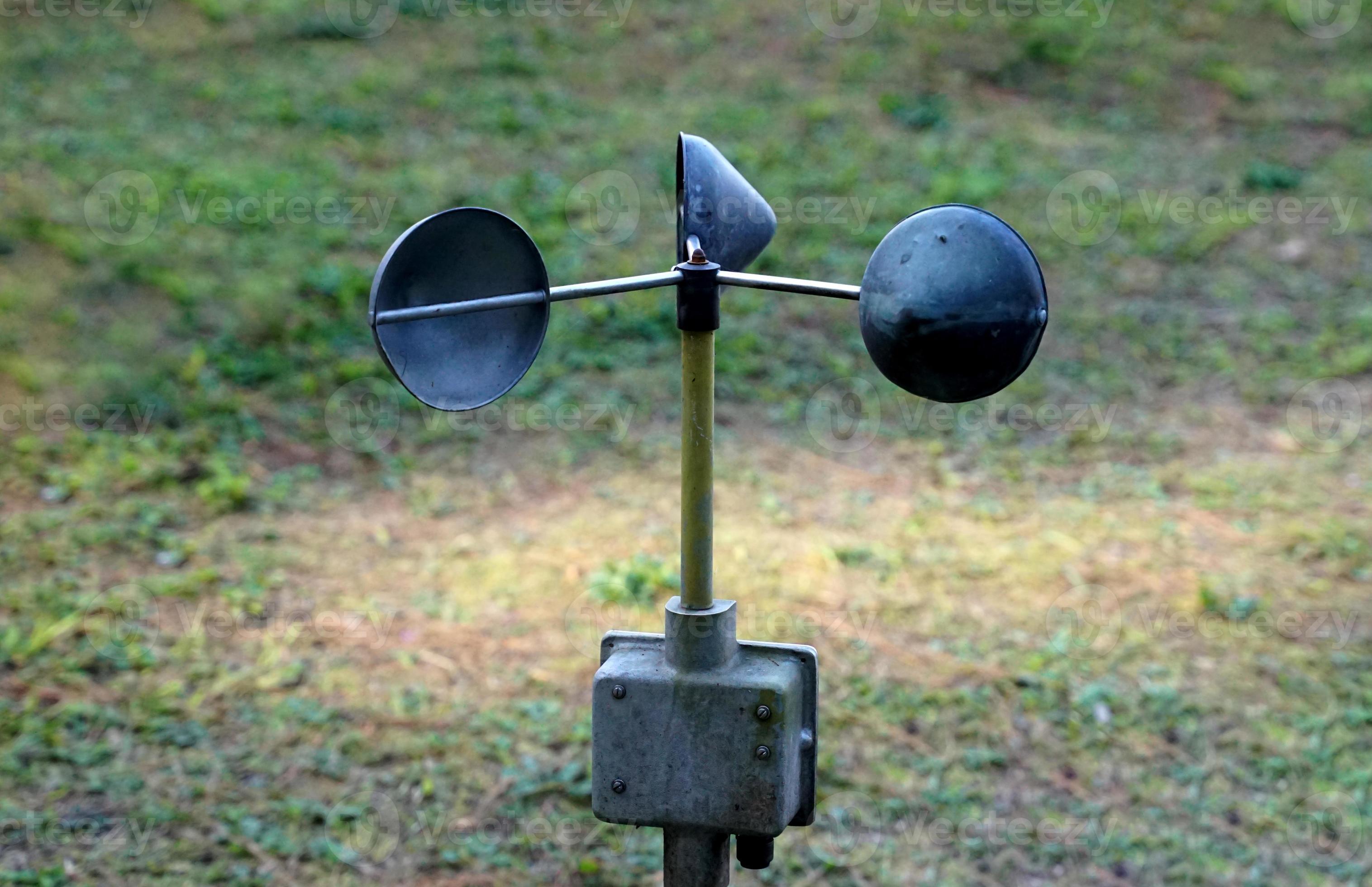Contrasting Digital and Mechanical Anemometers: Which is Right for You?
All You Need to Understand About Anemometers: How They Function, Why They Matter, and Where to Make use of Them
Anemometers, though frequently overlooked in the realm of scientific tools, play a crucial duty in various fields, supplying valuable insights into wind rate and air flow patterns. Understanding the auto mechanics behind these devices is crucial for any person seeking to harness the power of this information. From meteorologists tracking weather patterns to engineers making structures with wind lots in mind, the applications of anemometers are diverse and significant. As we explore the complexities of anemometer modern technology, we will discover the internal workings of these devices, their relevance, and the key considerations when choosing the appropriate anemometer for particular applications.

Anemometer Fundamentals
An important tool utilized to gauge wind rate and direction, the anemometer plays a critical function in weather forecasting and different industries. An anemometer commonly consists of 3 or four mugs that rotate in the wind, a vane that aims into the wind, and sensing units to track the movements or turnings.
There are various kinds of anemometers available, consisting of cup anemometers, vane anemometers, hot-wire anemometers, and sonic anemometers, each with its distinct attributes and applications. Mug anemometers are typically made use of for standard wind speed dimensions, while vane anemometers are favored for directional measurements.
Principles of Anemometer Procedure
Structure on the fundamental understanding of anemometer essentials, the concepts of anemometer procedure elucidate the mechanics behind wind speed and direction measurements. Anemometers operate on the principle of air flow affecting a sensing unit, creating it to revolve. Mug anemometers, for example, have 3 or even more mugs that record the wind, creating them to rotate much faster as the wind speed increases. The rotation speed is then transformed right into a wind speed measurement. Vane anemometers, on the other hand, utilize a tail or a probe that straightens itself with the wind direction, providing a measurement of wind instructions based upon the alignment of the sensing unit. Hot-wire anemometers depend on a heated wire that cools down as wind passes over it, with the price of cooling down establishing the wind rate. Ultrasonic anemometers action wind rate and instructions more by assessing the moment it takes for ultrasonic signals to travel between transducers. Recognizing these concepts is crucial for reliable and exact wind dimensions in different applications.
Value of Anemometers
Anemometers play an important function in determining wind speed and direction, offering necessary information for climate projecting, climate research studies, environmental surveillance, and air travel operations. Meteorologists depend on anemometers to gather accurate wind information, aiding them recognize weather condition patterns, anticipate storms, and issue timely cautions to the public. Wind ranch operators use anemometers to assess wind conditions and maximize power manufacturing from wind generators.
Applications Throughout Various Industries
In the eco-friendly power field, anemometers play a crucial role in assessing wind conditions for wind farm positionings, ensuring optimum power manufacturing. Industries like building and construction and mining make use of anemometers to check wind rates, crucial for safety and security procedures, particularly when functioning at heights or in open-pit mines where strong winds can position risks. In farming, anemometers aid farmers in handling crop spraying by providing real-time information on wind rate to prevent drift.

Picking the Right Anemometer for Your Needs
For basic functions, a cup anemometer is suitable for measuring wind rate, while a vane anemometer gives wind instructions data. Hot-wire anemometers description are optimal for low airspeed measurements, and ultrasonic anemometers supply high precision and toughness.

Final Thought
Finally, anemometers play an important role in gauging wind speed and direction throughout various sectors. Comprehending the principles of anemometer procedure is necessary for selecting the right gadget for particular demands. From weather forecasting to aviation, anemometers are vital devices for accumulating accurate information and ensuring safety and security in various applications. When choosing the most appropriate tool for measuring wind problems., it is important to think about the value of anemometers in order to make educated choices.
There are various types of anemometers readily available, consisting of cup anemometers, vane anemometers, hot-wire anemometers, and sonic anemometers, each with its distinct functions and applications. Cup anemometers are frequently made use of for standard wind speed measurements, while vane anemometers are chosen for directional dimensions. Hot-wire anemometers are ideal for reduced you could look here airspeeds, and sonic anemometers are ideal for high-precision measurements in research study and commercial setups.Structure on the fundamental understanding of anemometer essentials, the concepts of anemometer procedure clarify the mechanics behind wind speed and direction dimensions. For basic purposes, a cup anemometer is suitable for measuring wind speed, while a vane anemometer offers wind direction data.